Times and Records for Route du Rhum
Published on October 30th, 2018
The 2018 Route du Rhum-Destination Guadeloupe, the 40th anniversary edition, has a range of participants that is wider and more diverse than ever.
Six classes will start, from foiling Ultime multihulls, which will sail at more than 40kts, all the way to 50-ton ketches of historic vintage as well as the pocket rocket new Class40s and the IMOCA foilers. The IMOCA foilers will compete in the Vendée Globe in two years time.
In this unique and legendary race, which sees the 123 solo skippers leaving behind the November chill of Saint Malo and the onset of the European winter for the Caribbean sun of Guadeloupe, everyone sails the same course off the same starting line.
But from that moment on each skipper’s race is destined to be a different adventure. And racing from Saint Malo to Pointe-a-Pitre, the length of time at sea varies massively from the fastest to the slowest.
As one surveys the fleet across the six different classes, there is the full history of the last 30 years of ocean racing design. Correspondingly, the skippers themselves range from the big stars, past Route du Rhum-Destination Guadeloupe and Vendée Globe winners, top pros who are household names in France, to amateur adventurers taking a break from their jobs.
“The uniqueness of this race is the complete mix of genres,” says Race Director Jacques Caraës.
The last race, in 2014, saw Vincent Lantin cross the finish line last, some 30 days after leaving Saint Malo, finally reaching his goal after several technical stops on his Class40.
This time the finish line closes on December 2nd at 1400hrs, so 28 days after the start. And some solo racers might only just make it. That may be the case for Laurent Jubert on his 16-metre ketch, an expert on the effects of tobacco who is promoting a no smoking month. The father of six children has never competed in an offshore race of any type.
The time cut-off might also be a challenge for Christophe Souchaud to get his production Beneteau 40.7 across the line before it closes. Racing on the smallest monohull in the fleet he is carrying food for 30 days.
But at the fastest end of performance spectrum the flying trimarans in the ULTIME class, driven by superstars such as François Gabart and Armel Le Cléach’ can now average over 30 knots and could cover the theoretical 3,542-mile course in six days.
It is likely that when the big flying multihulls have crossed the Bay of Biscay and passed Cape Finisterre, at least half of the fleet will not yet have passed Ushant.
Because design technology has moved on progressively in each class and there have been no recent transoceanic races from which to extrapolate performance data, it is hard for the Race Director to accurately predict passage times for the winning Ultime, IMOCA, Multi 50 and Class40.
The Ultimes should finish within one week and have the speed to outrun or miss the worst of the worst weather systems, whereas the slower IMOCAs, Class40s and the Rhum fleets are usually caught up in between one and three low pressure systems before they reach the Trade Wind belt.
On this 11th edition of the race Loïck Peyron, holder of the outright record time for the race time will be chasing a different mark. Peyron set the record in 2014 on the 31.5m Maxi Banque Populaire VII at seven days, 15 hours and eight minutes.
In sharp contrast, this time he is sailing the diminutive 12m yellow trimaran, Happy, a sistership of Olympus, winner of the first Route du Rhum in 1978. Loïck is looking to better the 23 days, six hours and 59 seconds which Canadian Mike Birch took when he won that first race in 1978 by just 98 seconds.
If the weather is reasonable, it is likely the course records in the ULTIME, Multi50, IMOCA and Class40, should be lowered. Since 2014 hull shapes and the control mechanisms, shape, size and structure of foils (where appropriate) and sail and rig technology have all improved.
“Every one of these classes is faster,” confirms Race Director Jacques Caraës. “So we have improved all the ETAs by almost 24 hours.”
Race management has established a series of predicted elapsed time windows based on the estimated speed of the boats. These ranges – fastest to slowest windows for the winners – are calculated on the theoretical course but do not yet take into account the expected weather.
Reference and Predicted Times
ULTIME
Reference time: Loïck Peyron, (2014): 7 days, 15 hours, 8 minutes
Estimated time 2018: 5.9 days (at 25 knots average) to 9.2 days (at 16 knots)
Multi50
Reference time: Erwan Le Roux (2014): 11 days 5 hours, 13 minutes
Estimated time 2018: Between 9.5 days (at 15.5 knots average) and 13.4 days (at 11 knots)
IMOCA
Reference time: François Gabart (2014) in 12 days 4 hours and 38 minutes
Estimated time 2018: Between 9.5 days (at 15.5 knots average) and 13.4 days (at 11 knots)
Class40
Reference time: Alex Pella (2014) in 16 days 17 hours and 47 minutes
Estimated time 2018: Between 14.1 days (at 10.5 knots average) and 16.4 days (at 9 knots)
Class Rhum Multis
Multi reference time: Anne Caseneuve (2014) in 17 days 7 hours and 6 minutes
Estimated time 2018: Between 14.1 days (at 10.5 knots average) and 16.4 days (at 9 knots)
Rhum Class Monos and small boats
No reference time
Estimated time 2018: Between 18.4 days (at 8 knots average) and 22.7 days (at 6.5 knots)
The singlehanded race, 3542 miles between Saint Malo and Pointe-à-Pitre, starts on November 4, 2018.
Event details – Entry list – Facebook
Source: Route du Rhum-Destination Guadeloupe


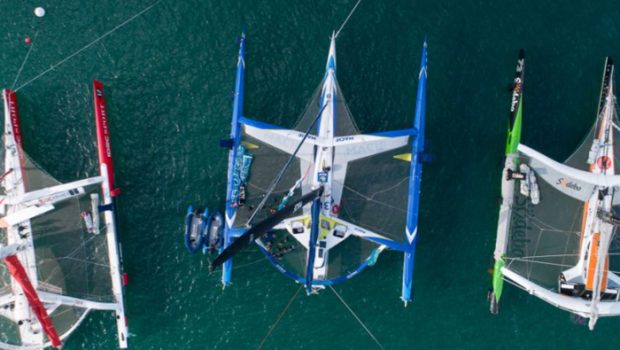


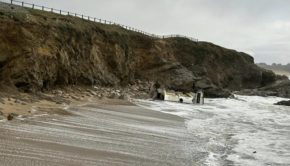
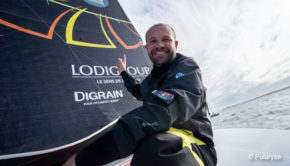
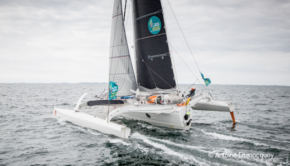
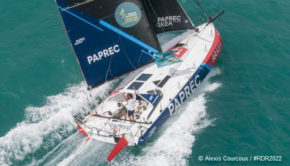
 We’ll keep your information safe.
We’ll keep your information safe.